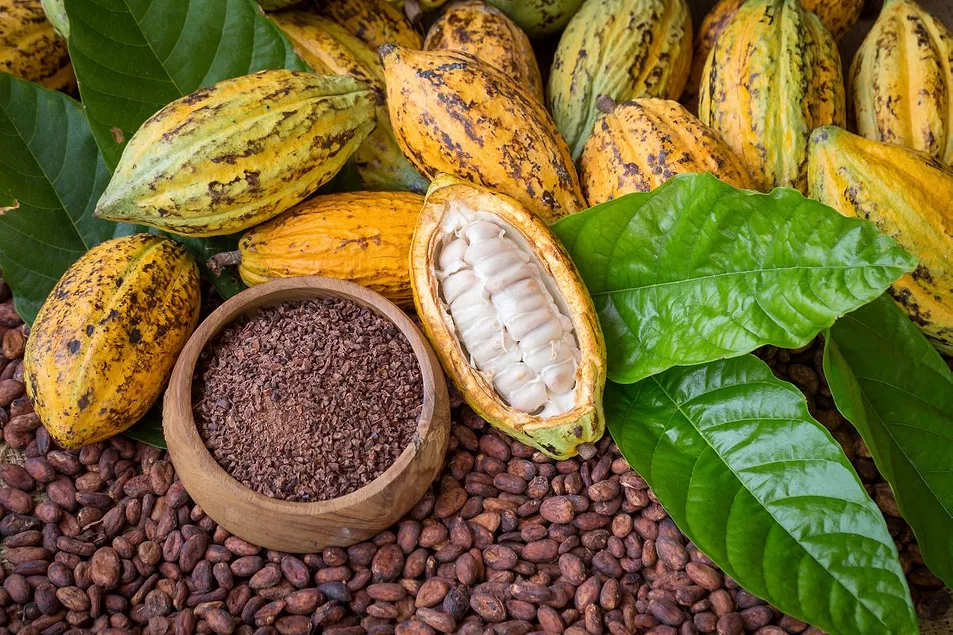Summary
SHANDONG, CHINA Howtian is helping food and beverage manufacturers take aim at the volatile cocoa prices with a plant-based natural flavor enhancer.
Source: Food Business News

AI News Q&A (Free Content)
Q1: How does Howtian's plant-based natural flavor enhancer help mitigate cocoa price volatility?
A1: Howtian's plant-based natural flavor enhancer offers an alternative to pure cocoa in chocolate production, allowing manufacturers to reduce their dependence on cocoa, which is subject to price volatility due to factors like climate change and supply chain disruptions. By using a flavor enhancer, manufacturers can maintain the desired cocoa taste with less cocoa content, thus managing costs more effectively.
Q2: What recent developments in identifying cocoa pod diseases could impact cocoa production?
A2: Recent advancements, such as the development of deep learning models for detecting cocoa pod diseases like 'monilia' and 'black pod', are crucial. These models, integrated into mobile applications, enable farmers to identify diseases early and accurately, potentially reducing crop losses and improving overall cocoa yield and quality.
Q3: What are the benefits of manual pollination in cocoa production according to recent studies?
A3: Manual pollination has been shown to significantly increase cocoa yields and farmer profits. A study indicated that it could triple yields and double profits in major cocoa-producing countries. This method aims to counteract the yield stagnation caused by climate change, offering a sustainable and profitable solution for farmers.
Q4: What role can Bacillus subtilis play in the production of plant-based meat analogs?
A4: Bacillus subtilis has been genetically engineered to produce hemoglobins and myoglobins, which are used as colorants and flavoring agents in plant-based meat analogs. This microbial production method offers a sustainable and safe alternative to traditional animal-derived ingredients, enhancing the appeal and authenticity of plant-based products.
Q5: How might flavor enhancers impact the future of plant-based food products?
A5: Flavor enhancers can significantly improve the taste and appeal of plant-based food products by mimicking traditional flavors, such as those found in cocoa. This can lead to wider consumer acceptance and adoption of plant-based diets, supporting both environmental sustainability and public health goals.
Q6: What are the potential environmental benefits of reducing reliance on traditional cocoa production?
A6: Reducing dependence on traditional cocoa production can help preserve biodiversity and forested areas, as cocoa farming often leads to deforestation. Sustainable practices, such as using flavor enhancers, can decrease the need for land expansion and promote agroforestry, which is more environmentally friendly.
Q7: What challenges do manufacturers face when integrating plant-based flavor enhancers in their products?
A7: Manufacturers may face challenges such as ensuring the stability and consistency of plant-based flavor enhancers across different product formulations. Additionally, they must navigate consumer perceptions and regulatory approvals for new ingredients, ensuring that the enhancers meet safety and quality standards.
References:
- Deep Learning-Based Computational Model for Disease Identification in Cocoa Pods (Theobroma cacao L.)
- Cocoa pollination, biodiversity-friendly production, and the global market
- Metabolic engineering of Bacillus subtilis for the production of active hemoglobins and myoglobins by improving heme supply




